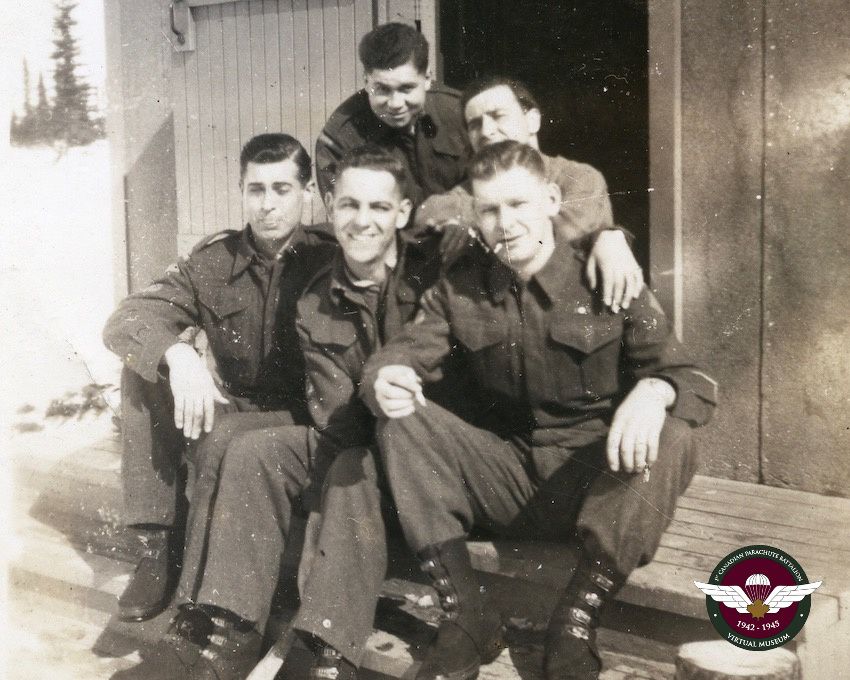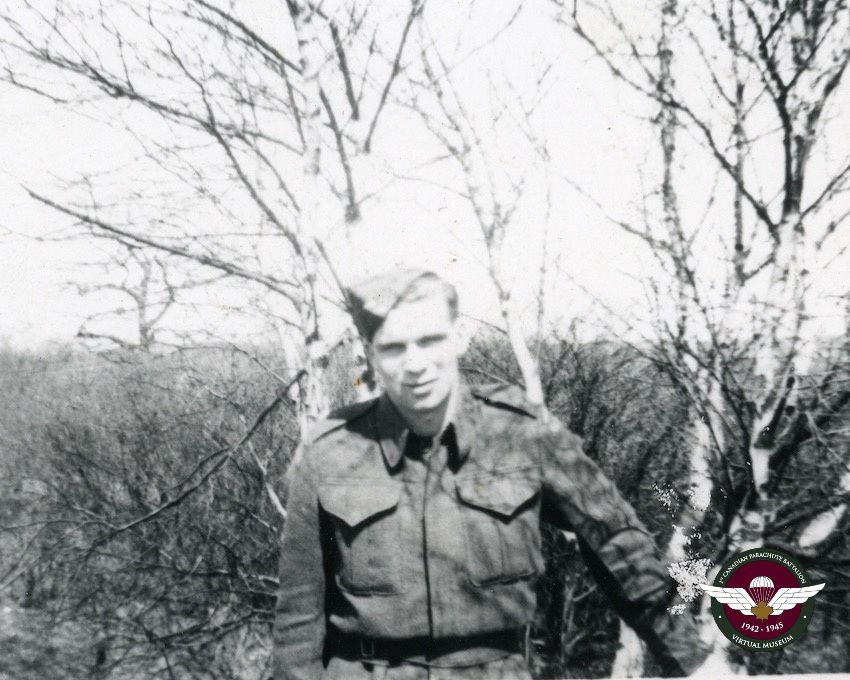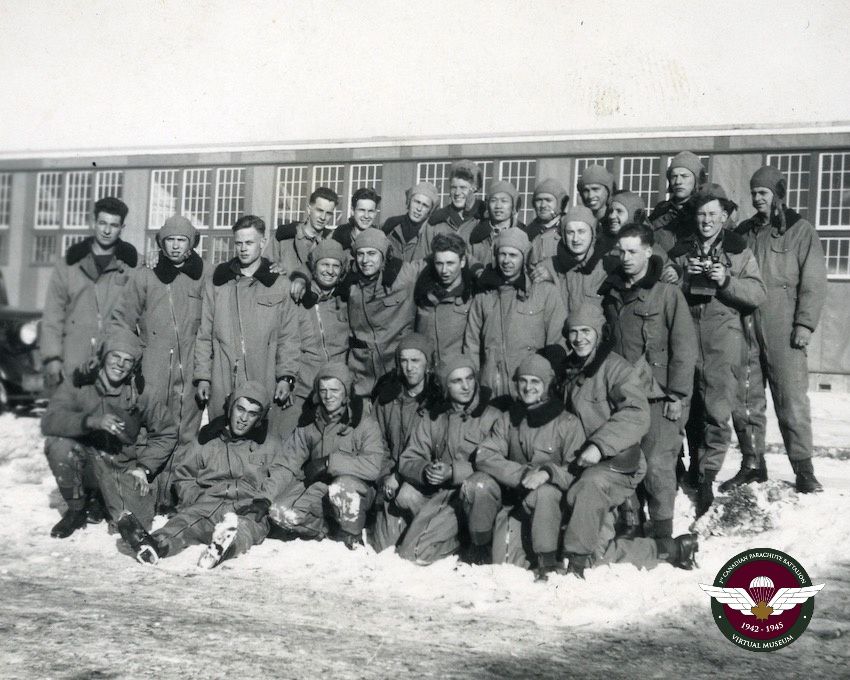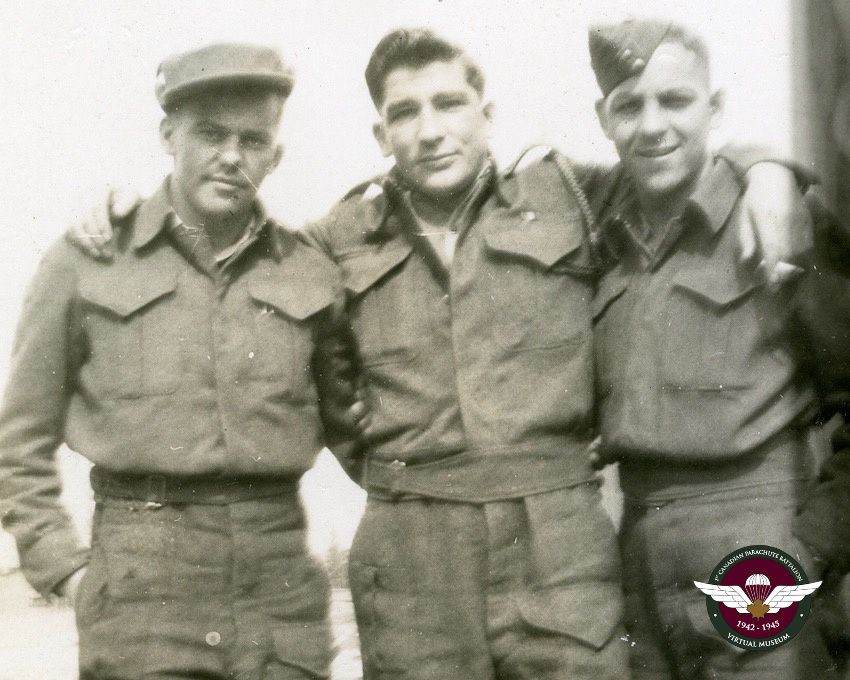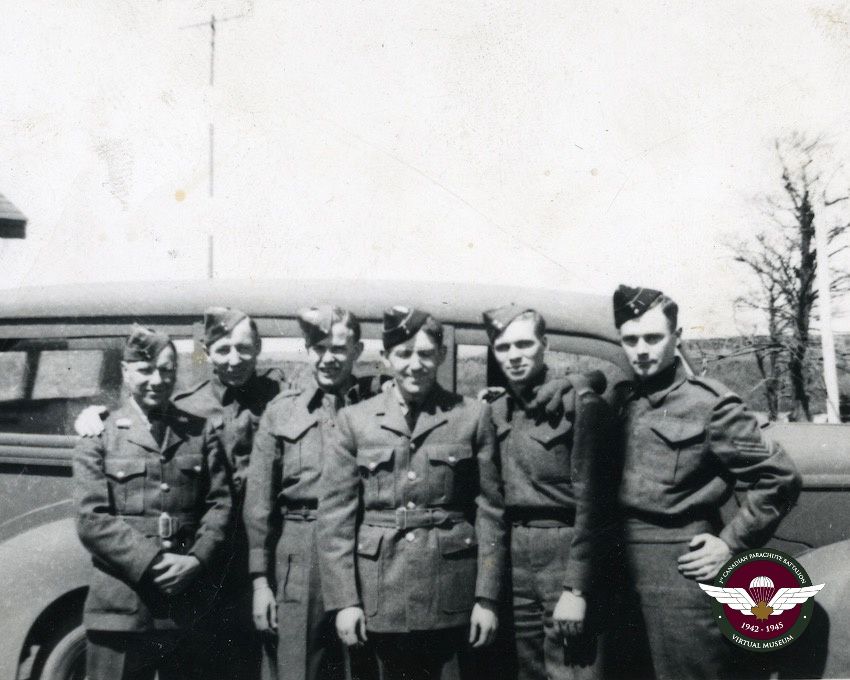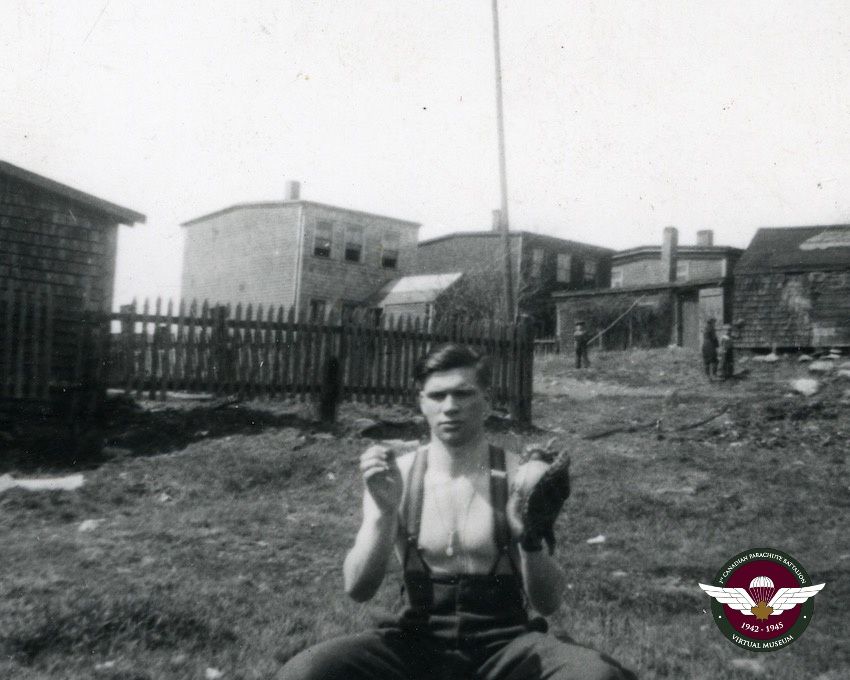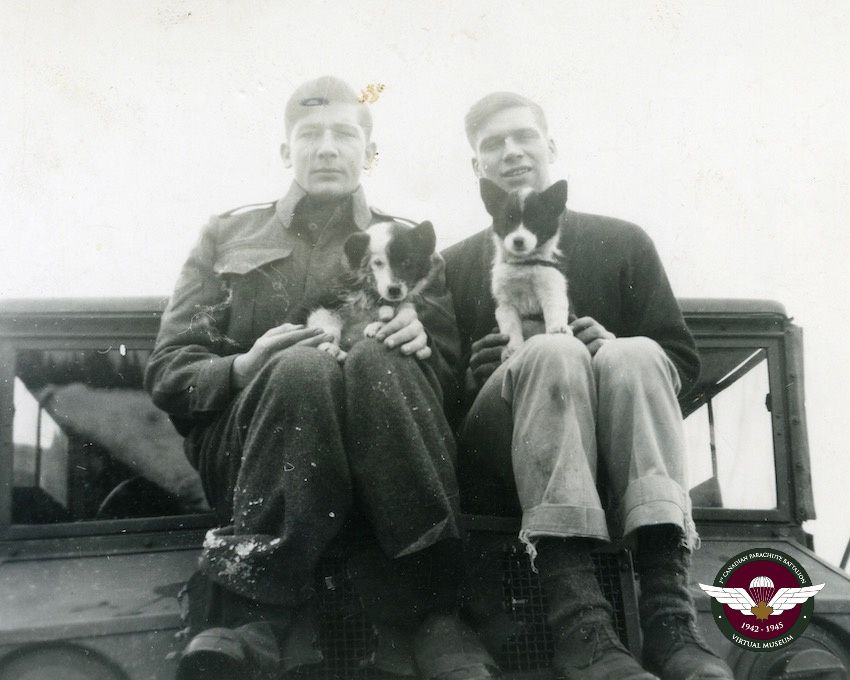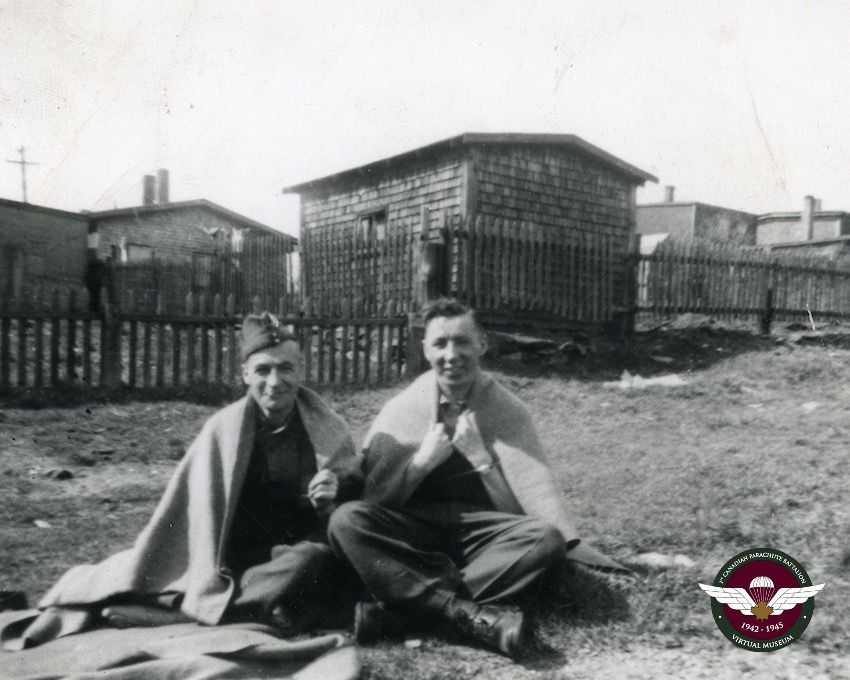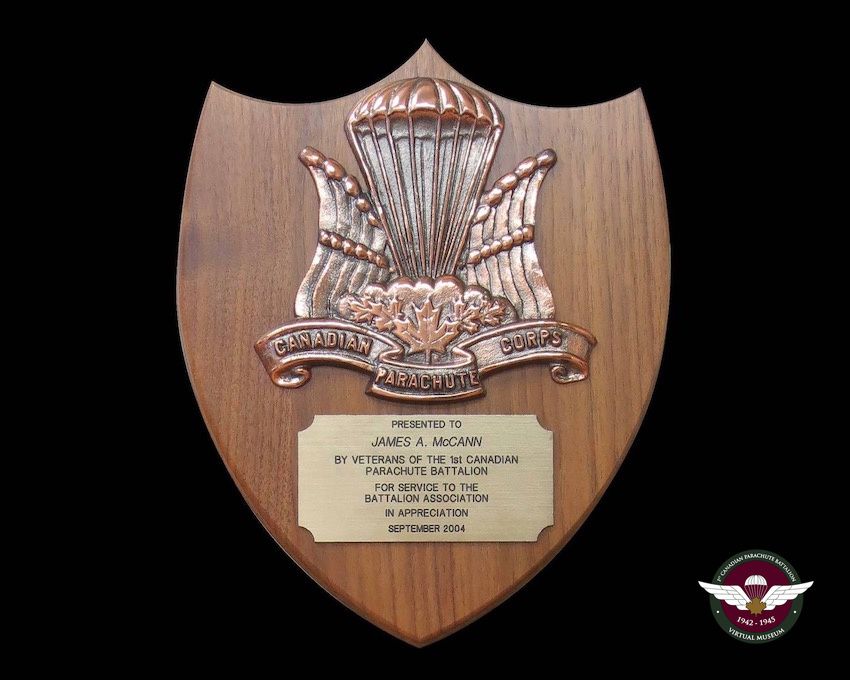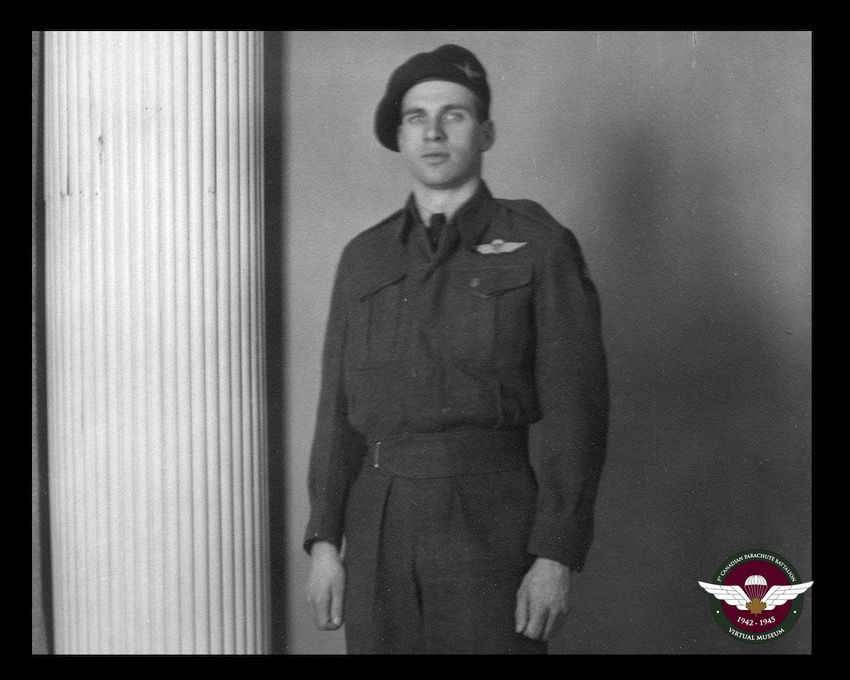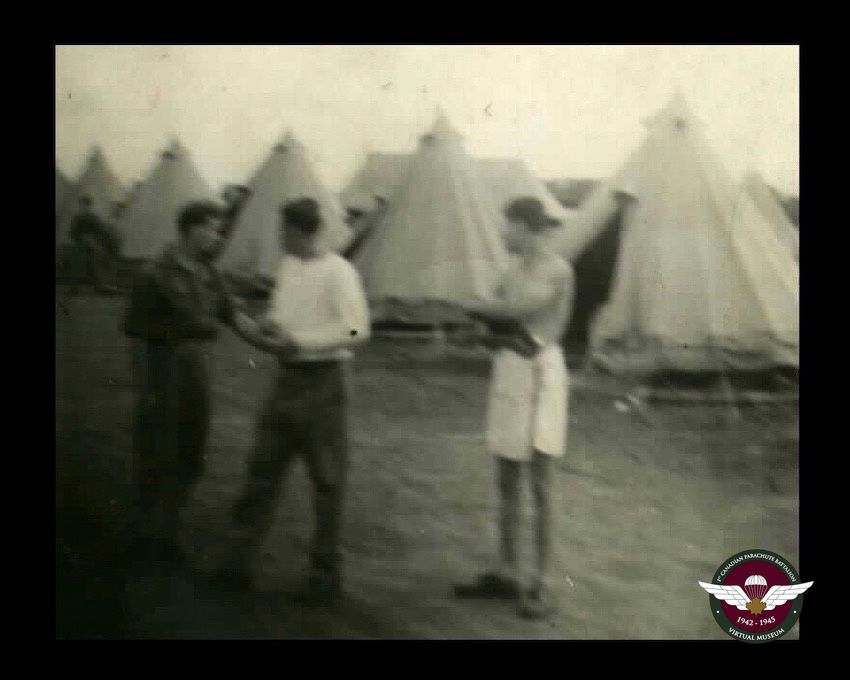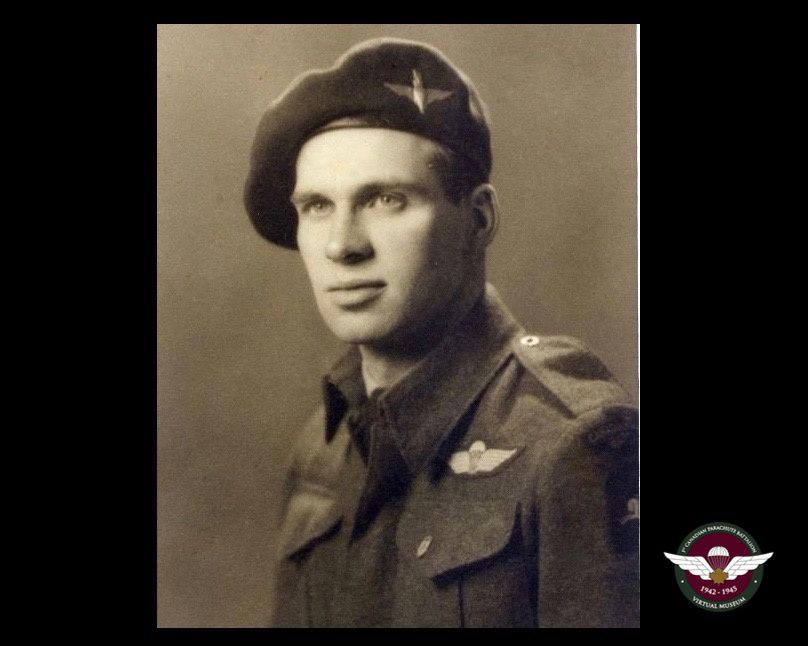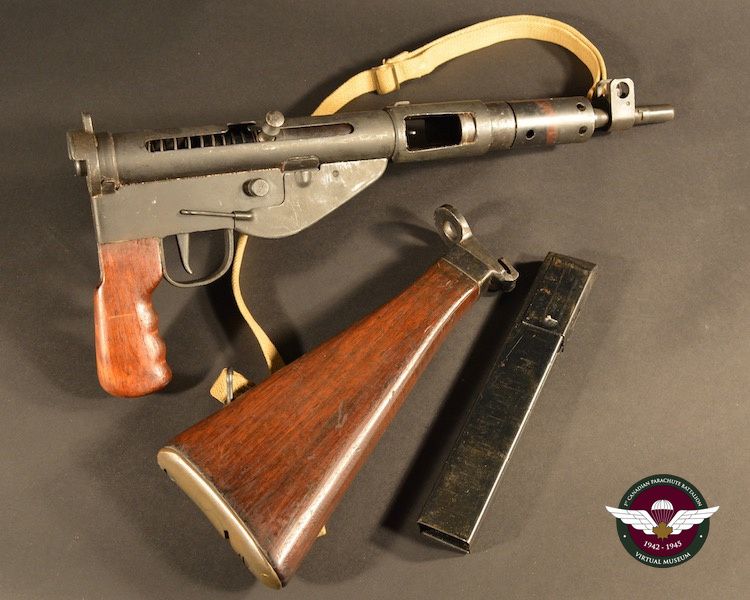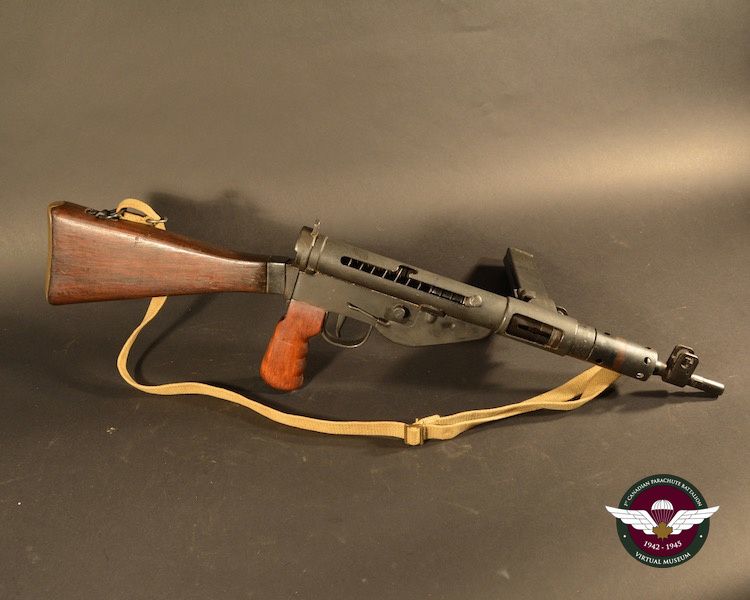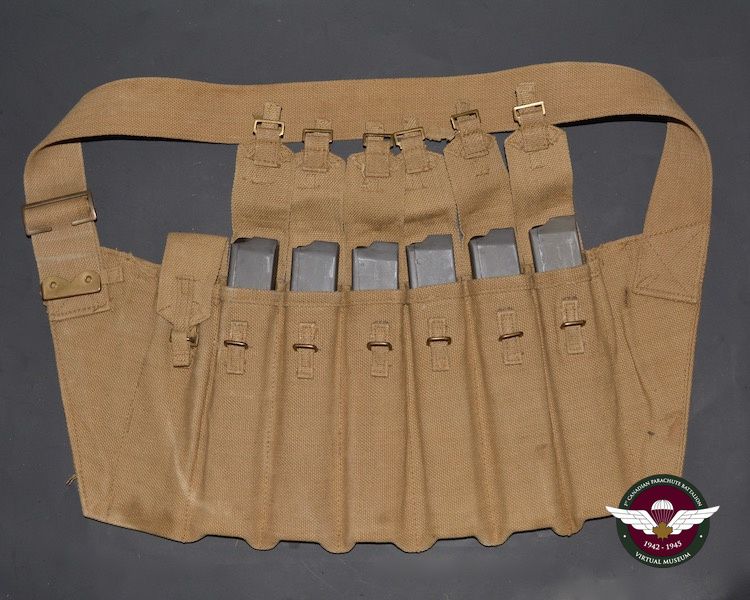Private James Alexander McCann
James (Jim) Alexander McCann was born in Glasgow, Scotland on September 22, 1923. He was one of eight children born to James Sr. and Elizabeth (McKillen). When Jim turned five years of age, the family immigrated to Canada, settling in Verdun, Quebec in search of a new beginning. Jim had completed grade five at St. Willibroad Elementary School when he decided to leave in order to work and help support his family. He began secured employment with a company called Workman Uniform and became their head shipper at the age of 15. Workman Uniform had a contract for producing uniforms for the military during that time.
Jim was a teenager when he became enamoured with recruiting posters drawing in young men to join the army and serve their country. He and a friend were 17 years old at the time when they attempted to enlist. The recruiter informed them that one had to be 18 years old in order to enlist in the army and he suggested Jim and his friend go for a walk around the block and come back when they were older. They did just that! They walked around the block and went right back into the recruiting centre and they told the recruiter they were 18 years old. Jim enlisted and was sent to Halifax with other tradesmen (from Bell Telephone) as a member of the Royal Canadian Corps of Signals (RCCS). He was then sent to Sidney and began training as a wireless operator. He studied hard but still found time every day to play hockey with the Army team. Following graduation as a wireless and teletype operator, he was stationed in Goose Bay, Labrador.
After being in Labrador for 13 months, he came back to Canada (Dartmouth, NS) and stumbled across a recruitment campaign looking for only the best soldiers to join the Paratroops, even offering a pay incentive. He was young, fit and eager to attempt the selection process, so he requested a transfer to the Airborne. Jim passed all the aptitude, psychological and demanding physical testing requirements. He was then sent to Shilo, Manitoba for parachute training. On February 23, 1945, he graduated from his airborne training and was now a very proud paratrooper. Jim joined the ranks of the elite 1st Canadian Parachute Battalion.
Jim was sent to England where he joined the Battalion to receive additional combat training with the 6th Airborne Division. He would remain in England preparing for the next mission. However, to his disappointment, Germany surrendered on May 7, 1945. The war was officially over and Jim travelled with the Battalion back to Canada and eventually was released from the military. Shortly after the war, Jim met a young woman named Gisèle Desnoyers. After a brief courtship, they exchanged vows on July 6, 1946. The happy couple settled down and started a family, eventually raising 7 children. Jim lost his wife in 2015; Gisèle rests in the Field of Honour in Pointe Claire, Quebec.
Jim worked for Black and Decker for many years and at age 50 decided to start his own company called McCann Equipment Ltd., which remains a thriving business to this day. Jim’s company is the largest supplier of torque tools in Canada with seven locations and one shop in the U.S.A. Five of Jim’s seven children still work in the business; Jim officially retired at 90 years of age.
Jim is one of only a handful of living members of the 1st Canadian Parachute Battalion. If you have read this biography of James Alexander McCann, then you have kept his history alive.
Photographs and information courtesy of Patty McCann and Jeanne (McCann) Percival.
Sten MkV Submachine gun
James would have trained with a Sten submachine gun similar to this one shown below. The Sten can be found in several models, the one pictured here is a Sten MKV, produced for the Paratroopers. It was an inexpensive firearm to produce, costing less than $10.00 per unit. It chambered a 9mm cartridge with a firing rate of 550 rounds per minute and an effective range of 100 yards. Also shown is a magazine pouch or bandolier that allowed a soldier to carry an additional 30 round magazines. Courtesy of Collectors Source.
